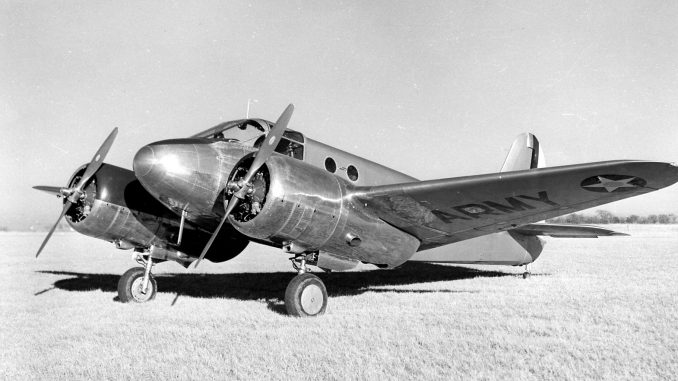
Over the past year, we have periodically presented reports by Chuck Cravens detailing the restoration on an ultra-rare Beechcraft AT-10 Wichita WWII advanced, multi-engine trainer. As mentioned in the previous articles, the project belongs to the Cadet Air Corps Museum and comprises the remains of several airframes, but will be based upon Wichita 41-27322. The restoration is taking place at the world-renowned AirCorps Aviation in Bemidji, Minnesota, and we now have another update on the progress as it stands so far….
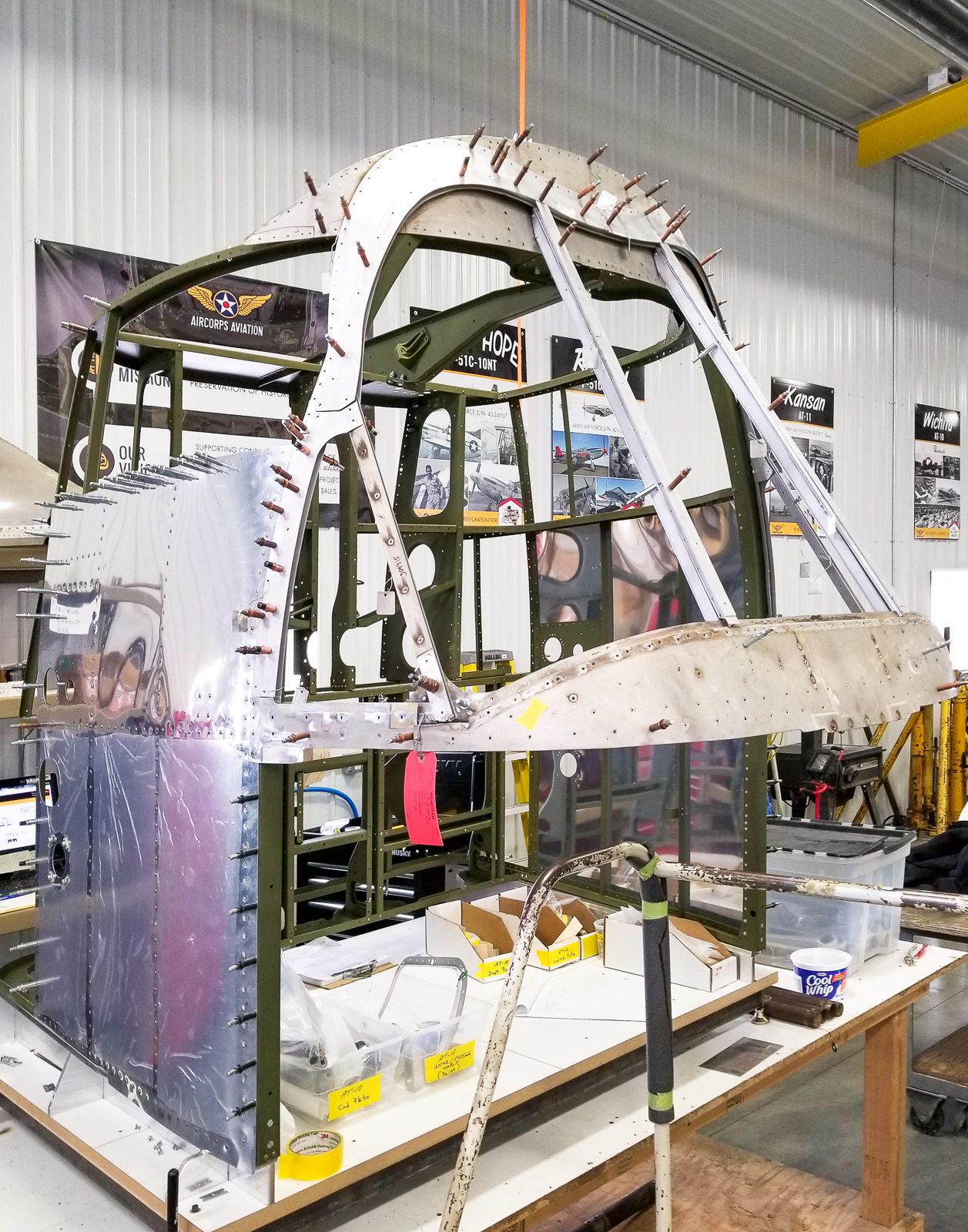
The AT-10 at AirCorps Aviation – Summer 2018 Report
by Chuck Cravens
The cockpit section of the AT-10 continues to be the focus of restoration efforts. The frame members have been assembled and some side skin sections cut, fitted, and riveted on permanently. Meanwhile, work progresses on parts and some of the smaller assemblies.
Parts
As the cockpit area is assembled, more and more parts are needed. Each part is restored or fabricated as the need arises, so that the restoration can proceed without delay.
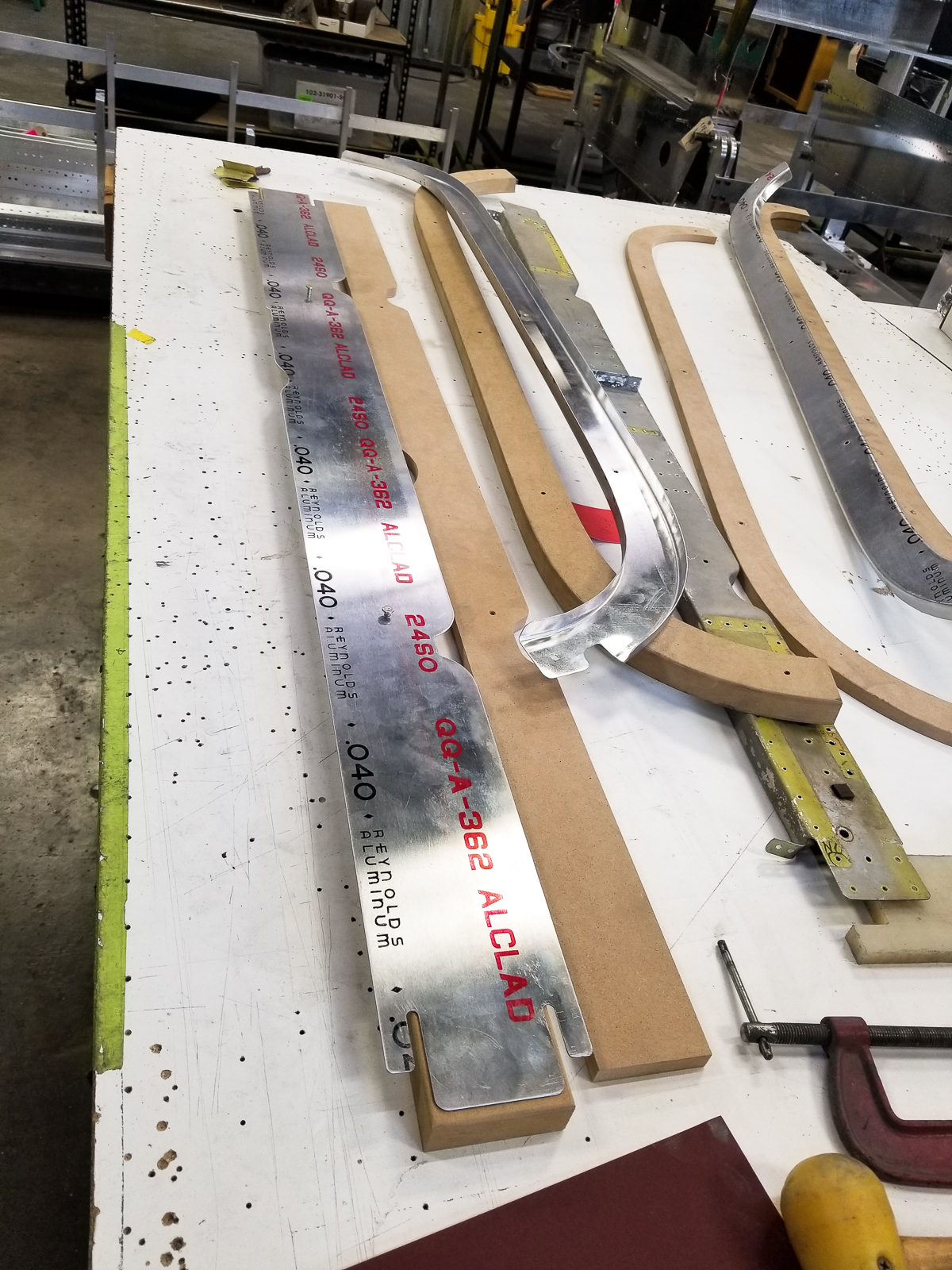
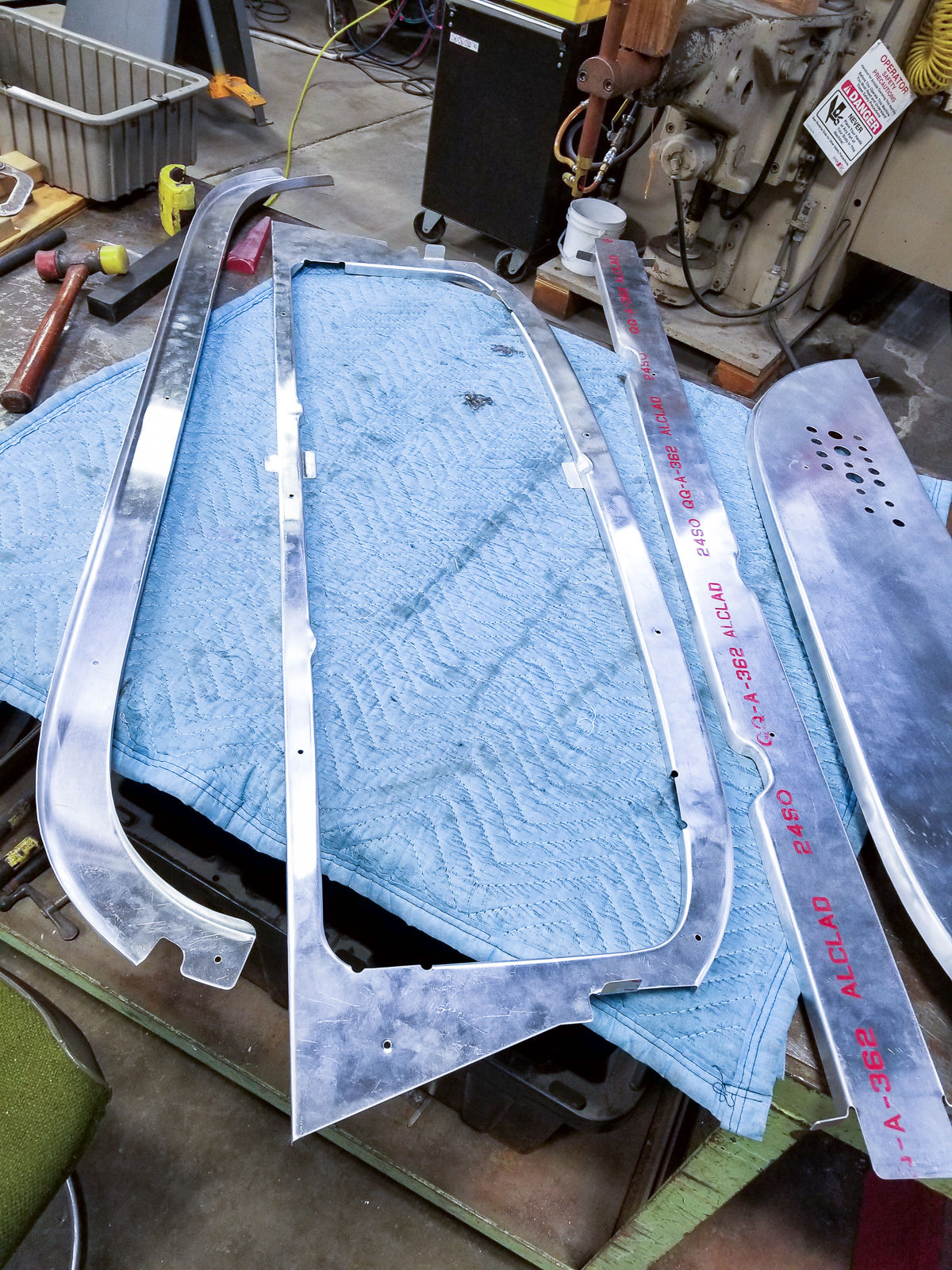
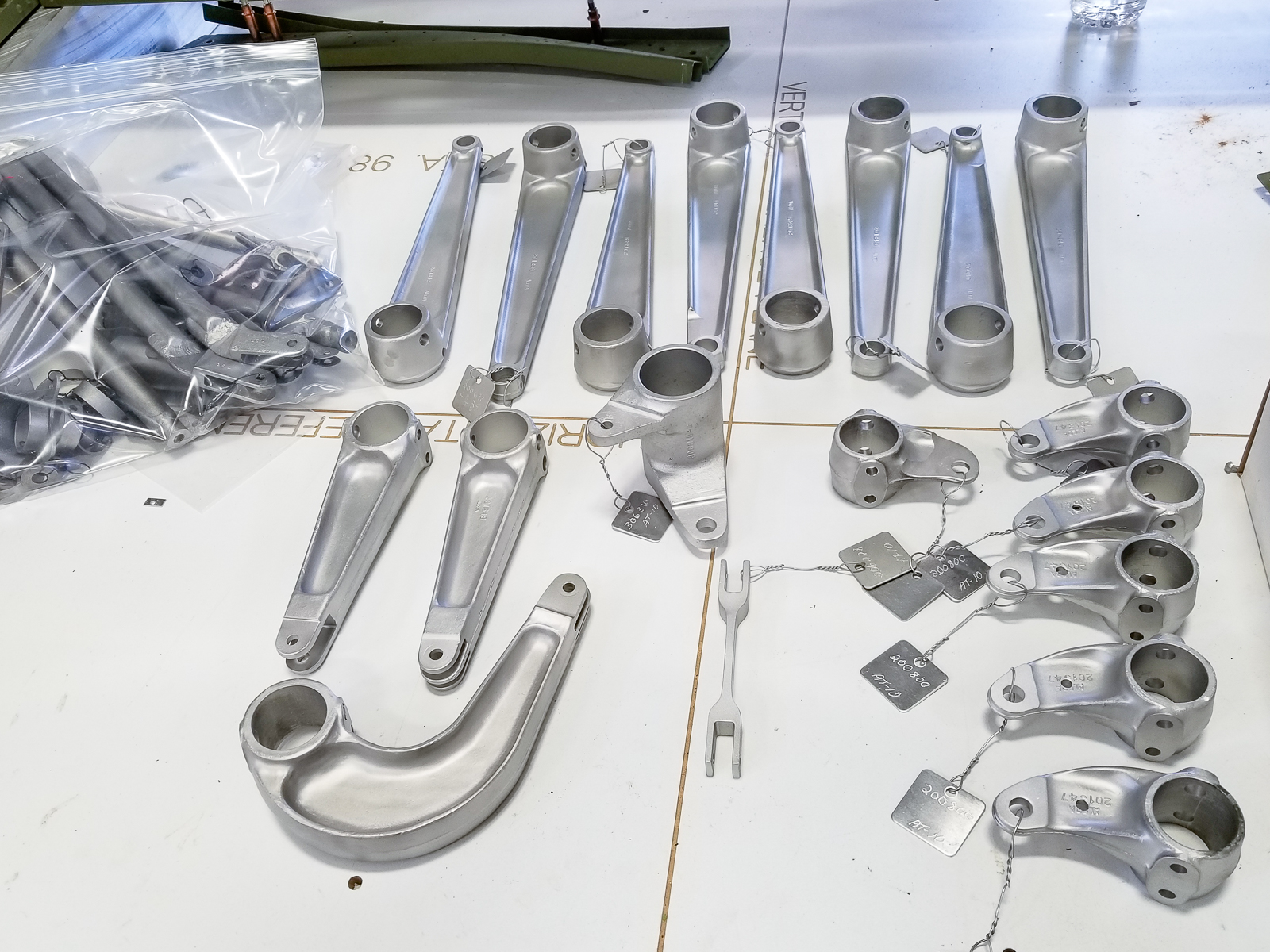
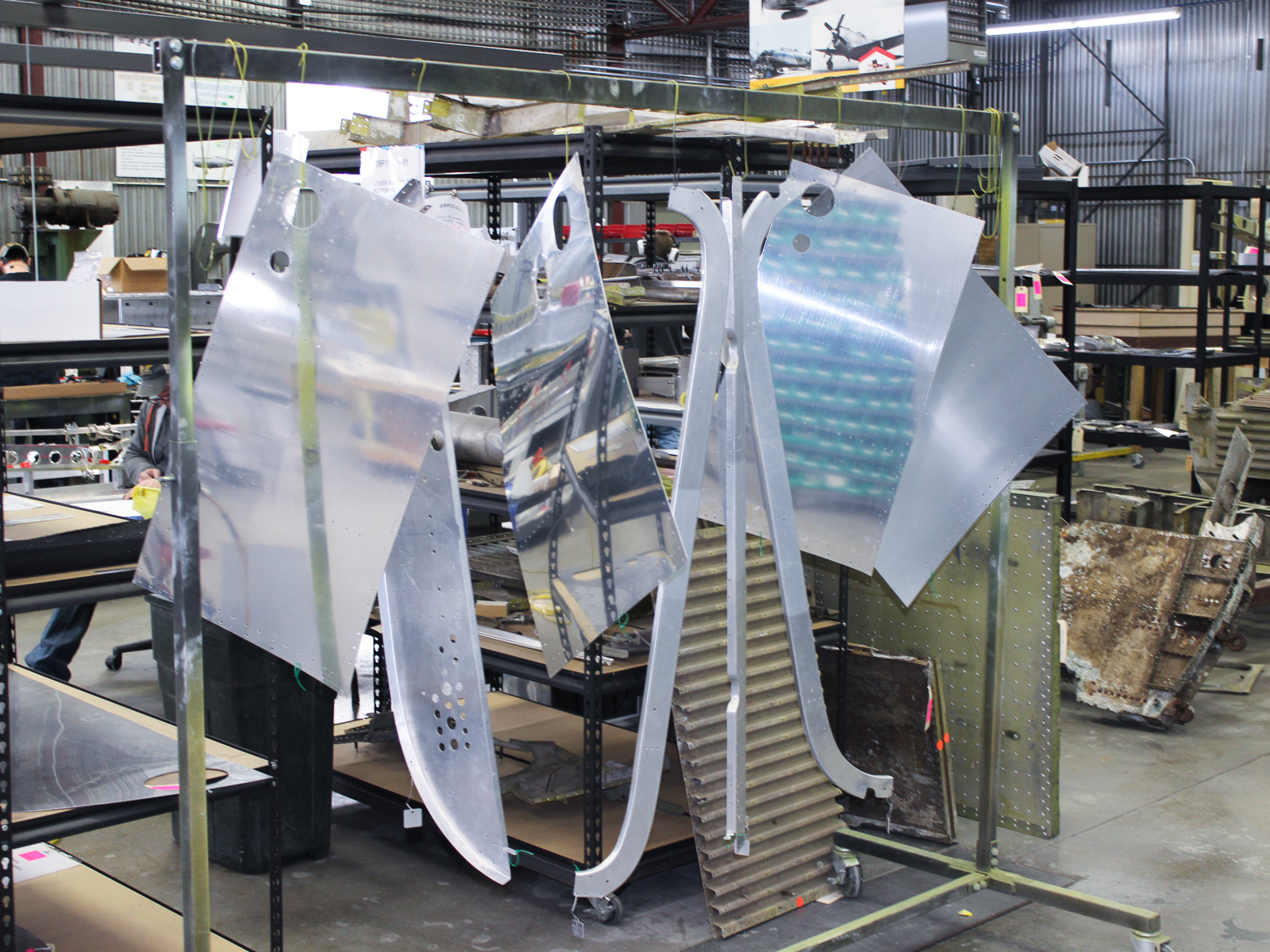
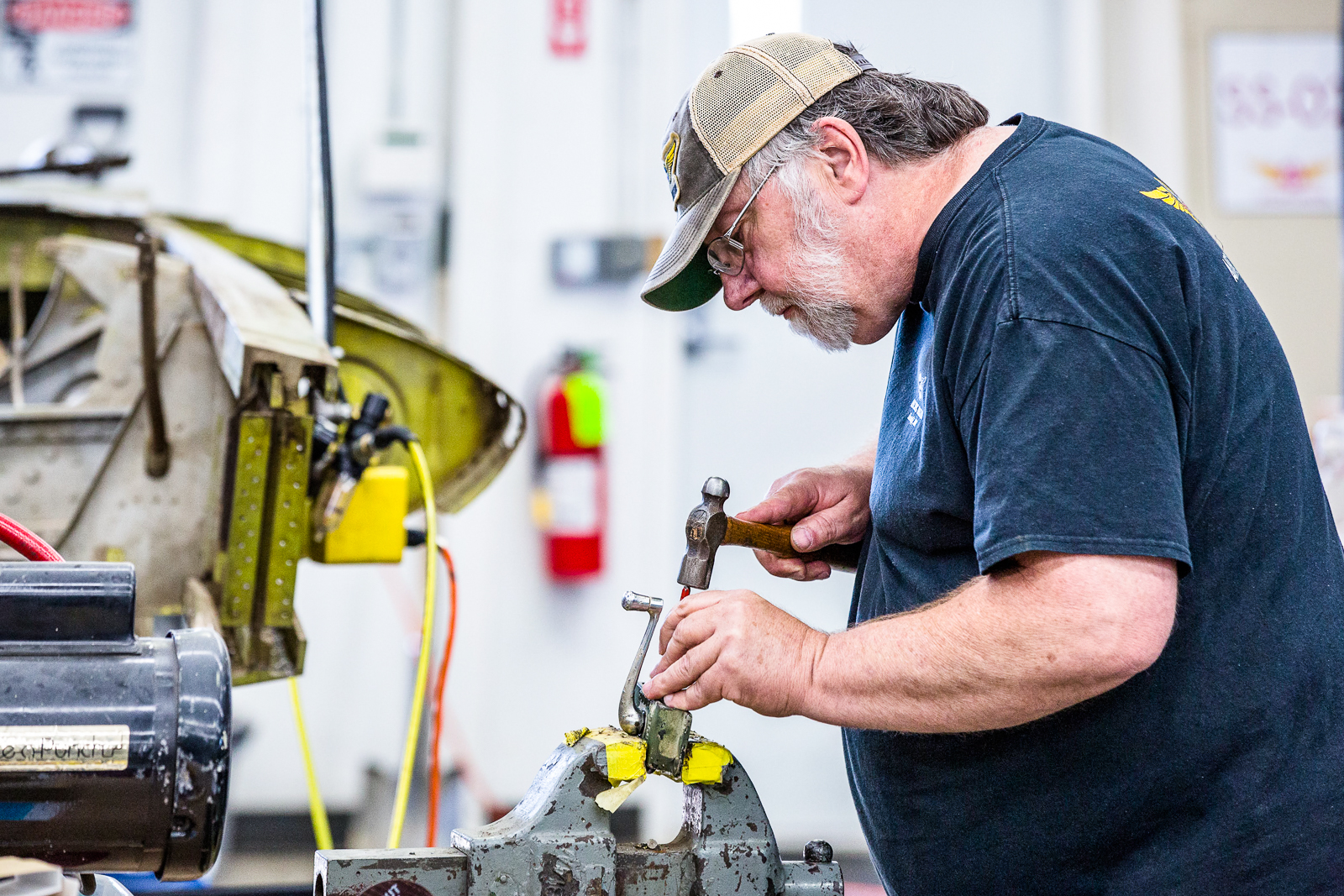
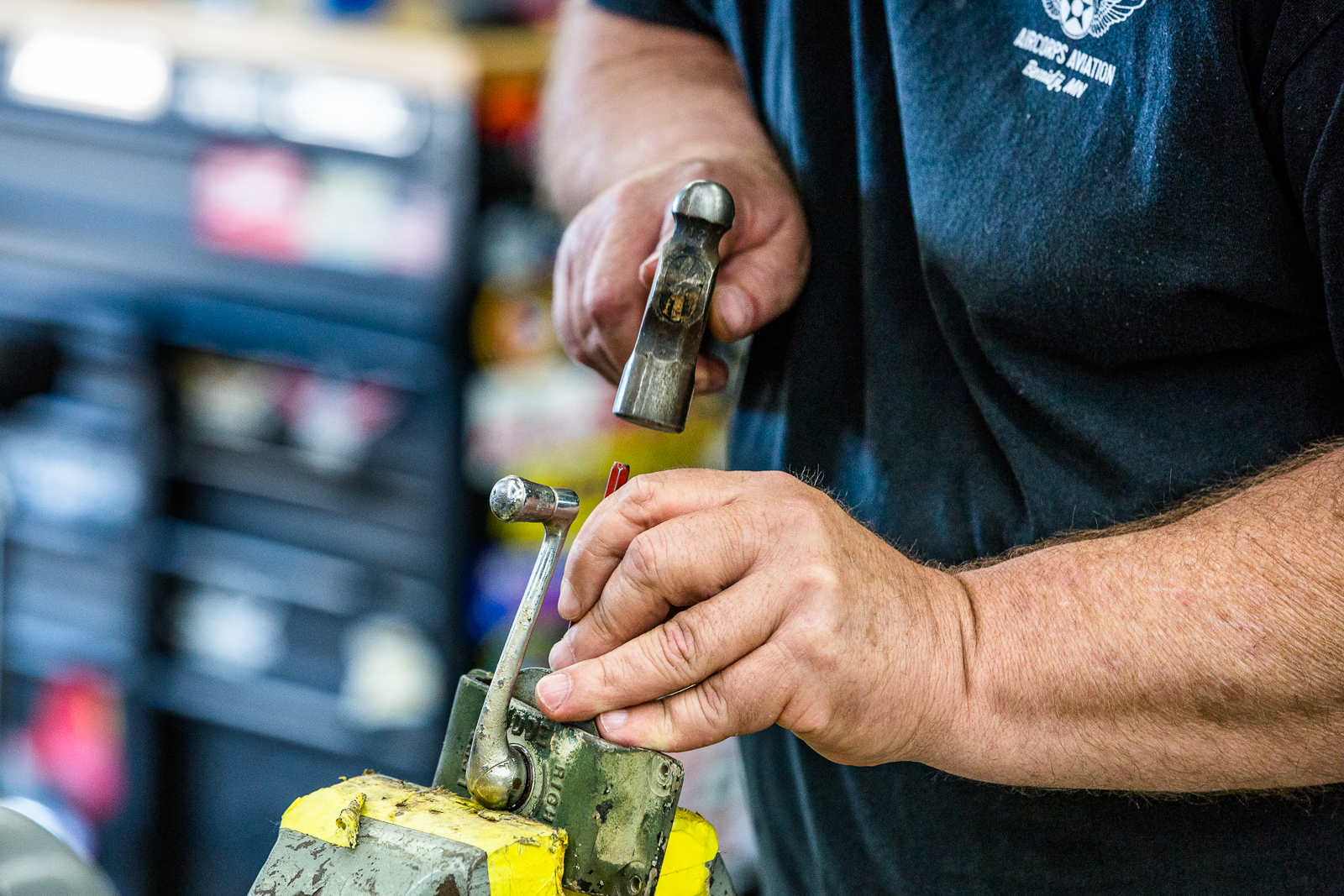
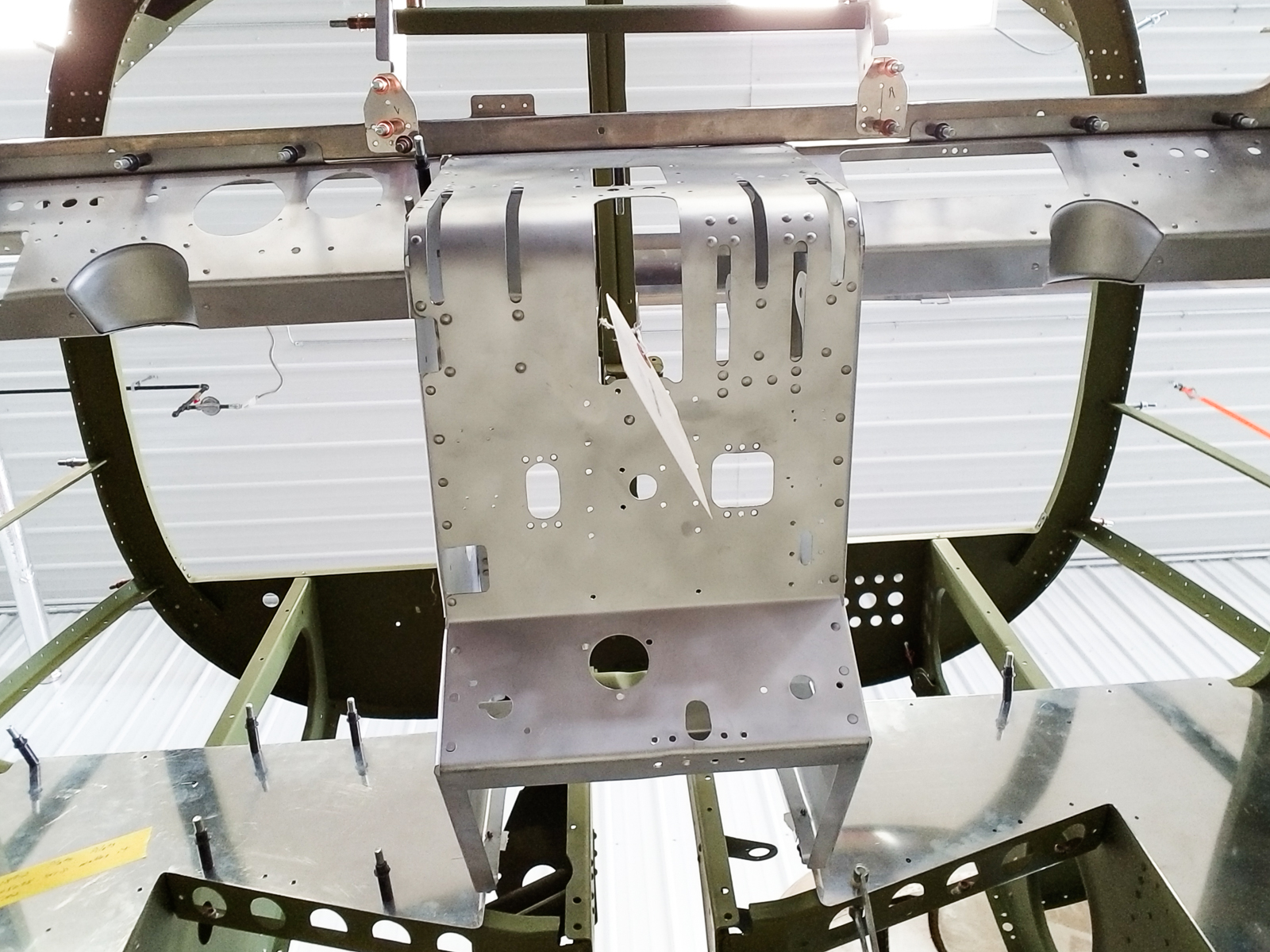
Cockpit Section Assembly
Frames, skins, and brackets have been going together to shape the cockpit section of the Wichita’s fuselage.
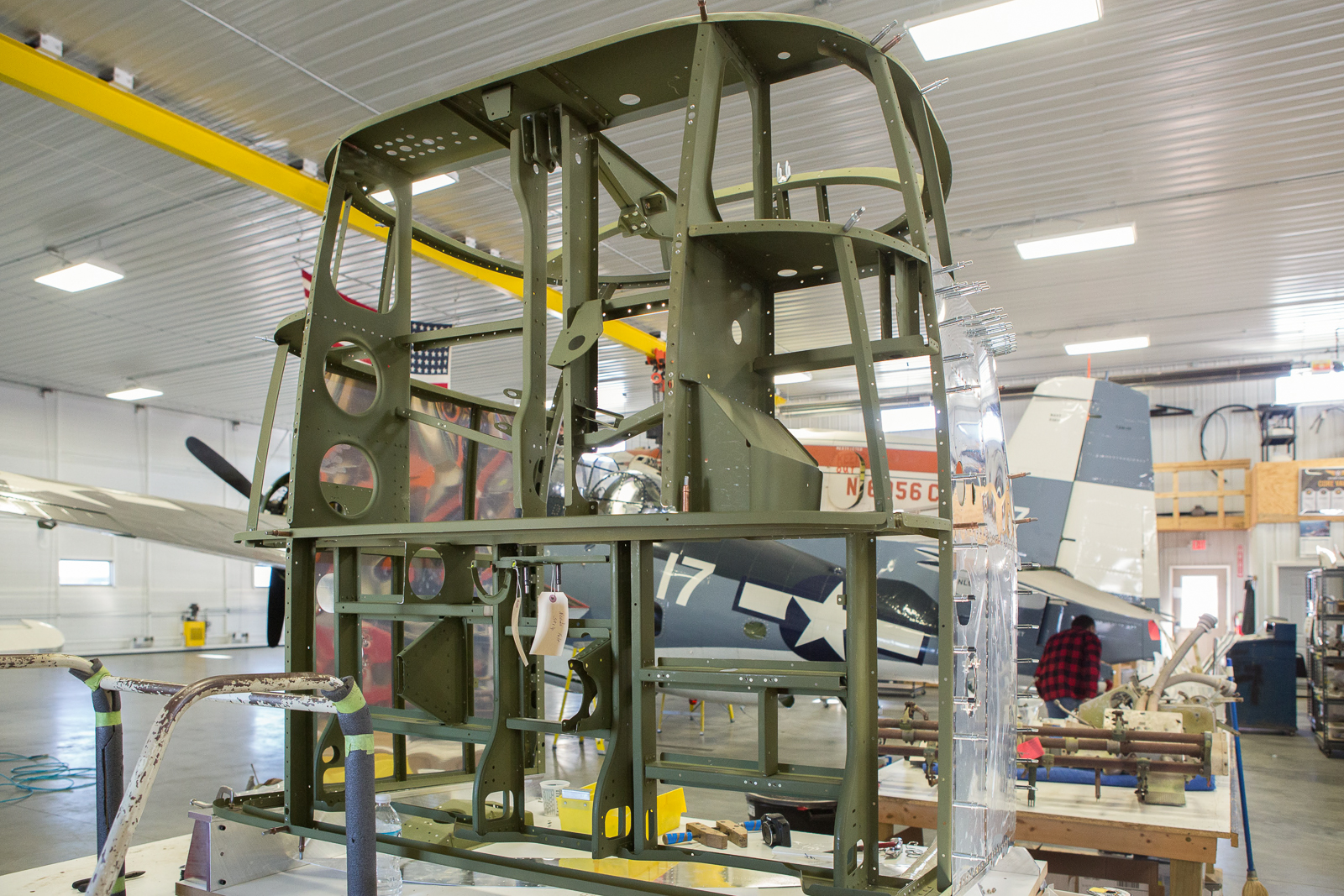
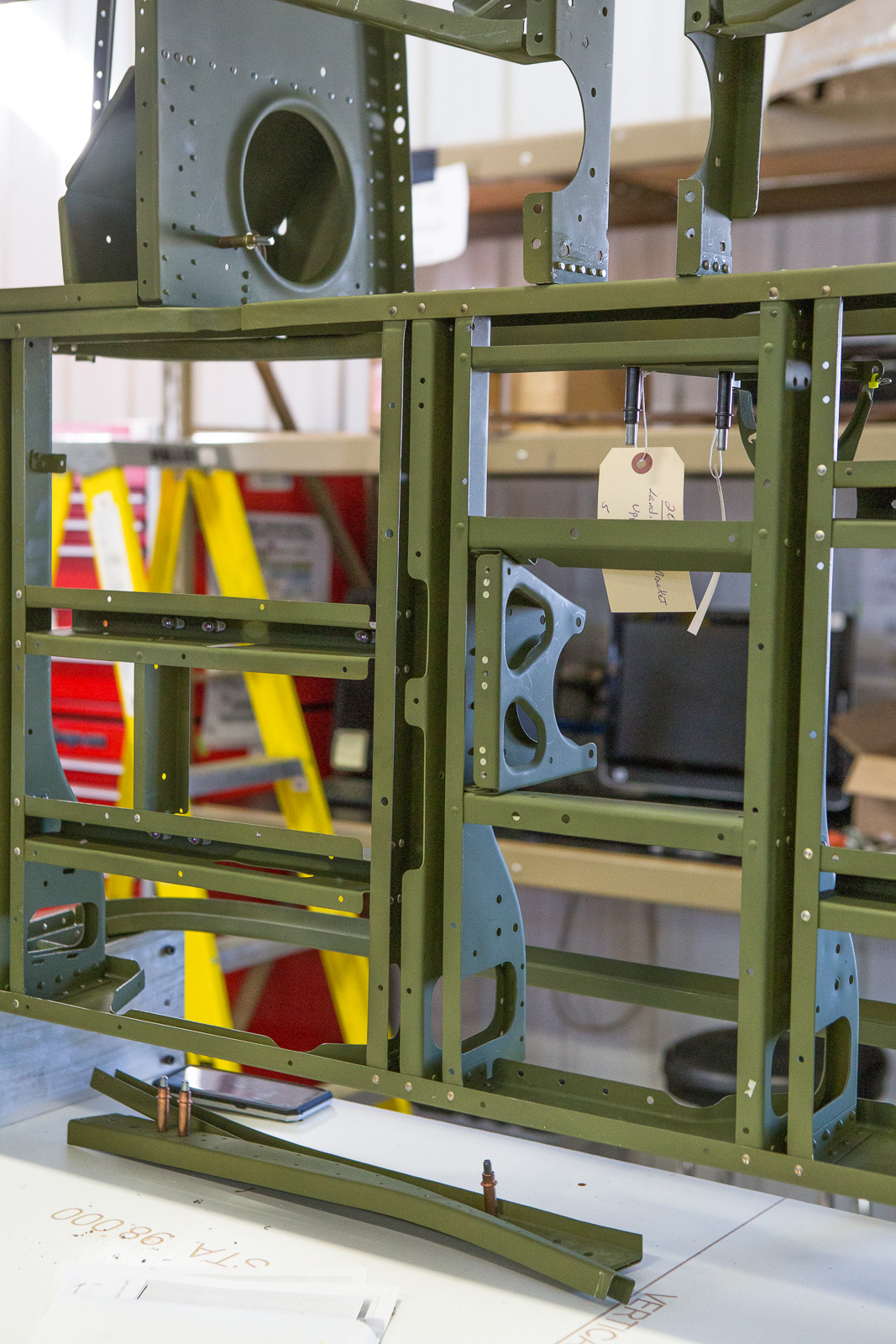
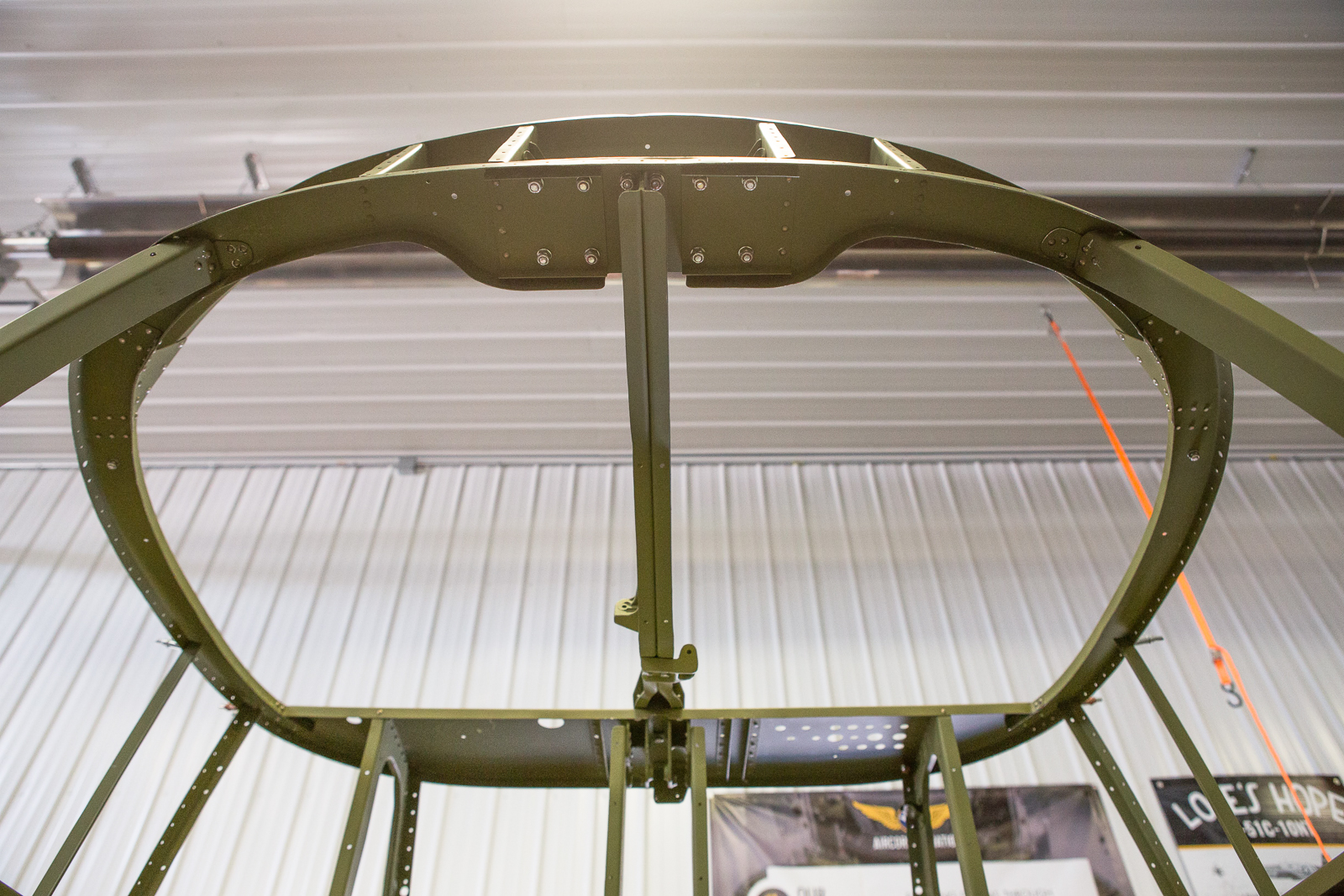
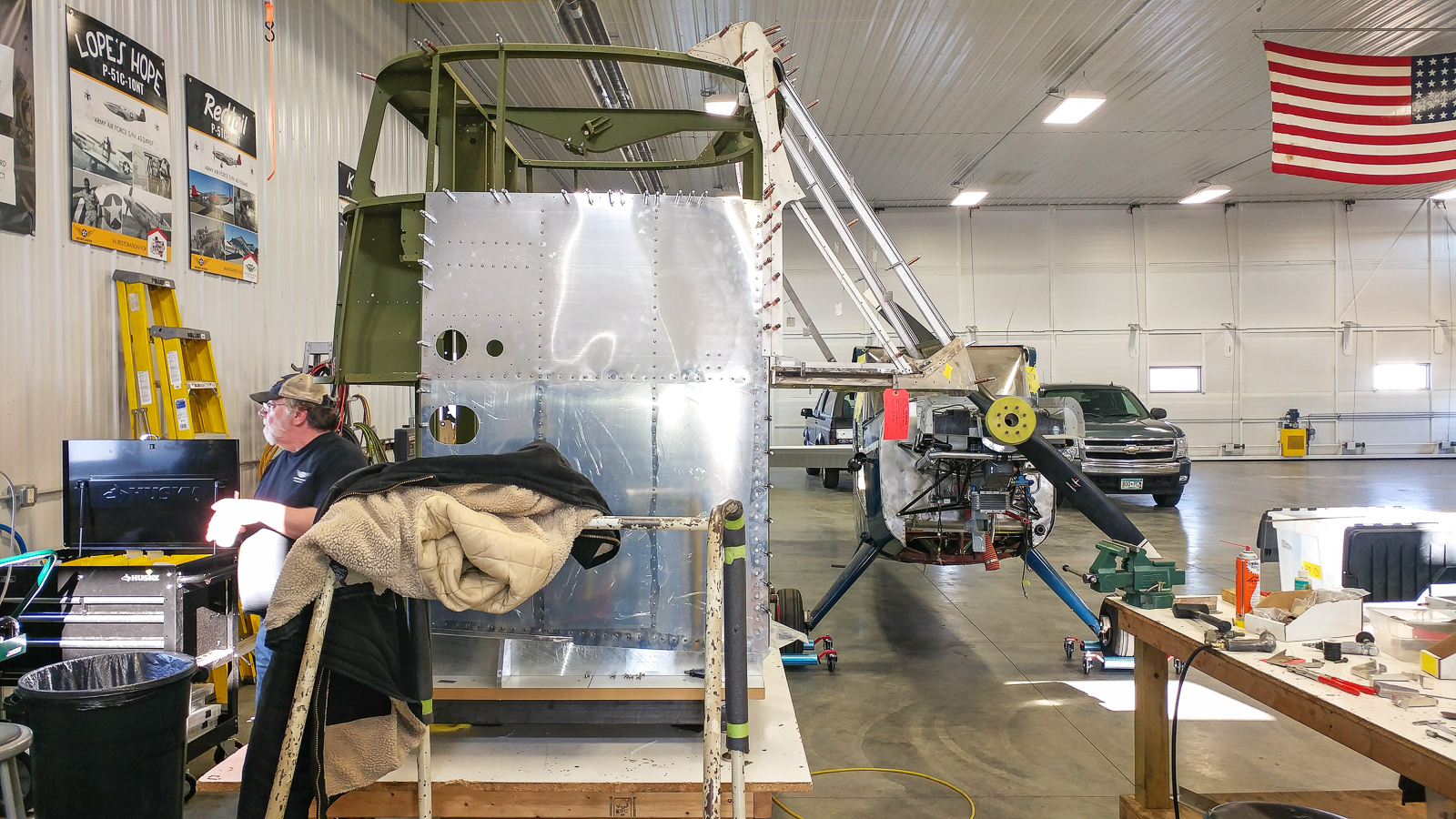
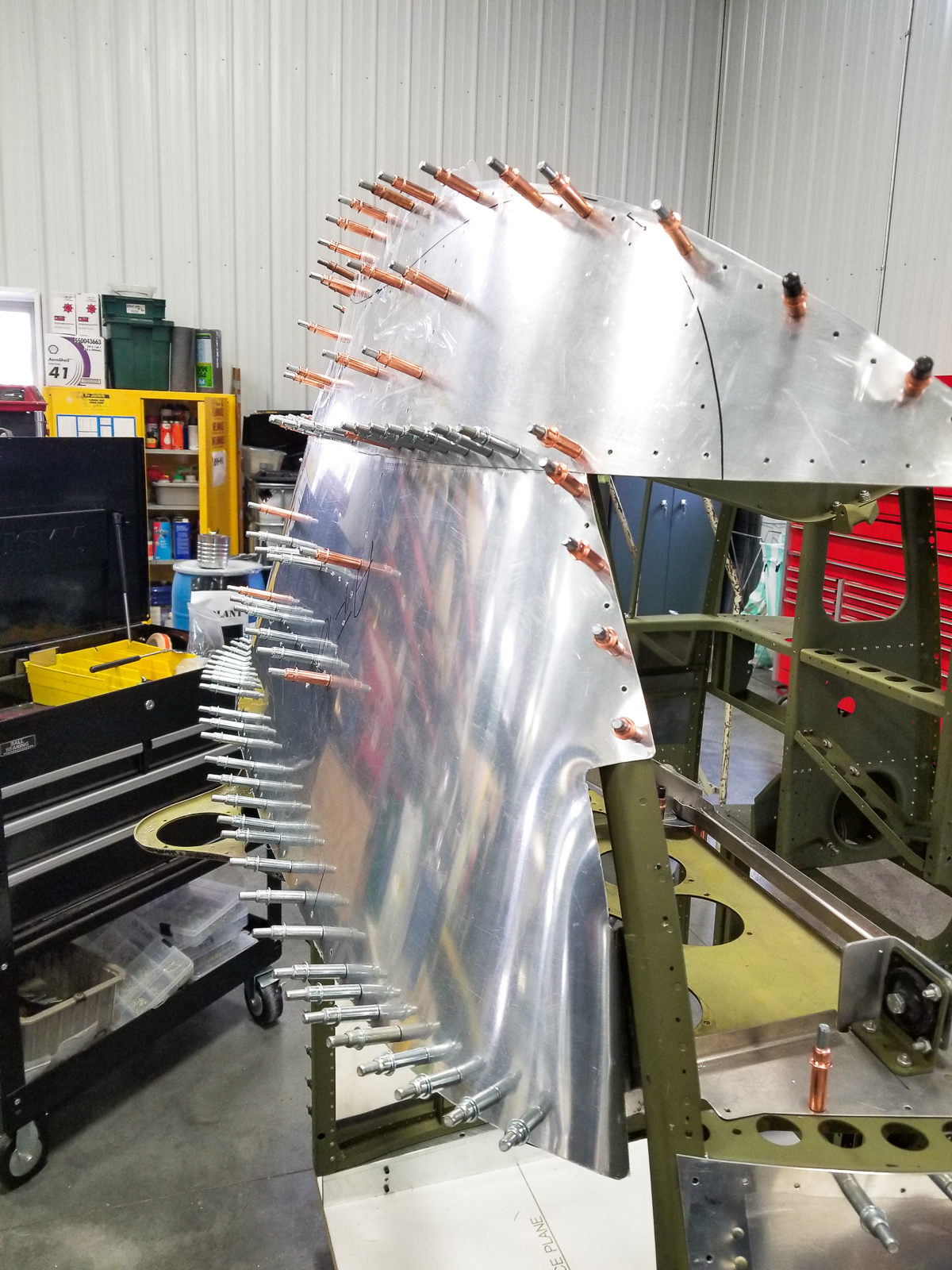
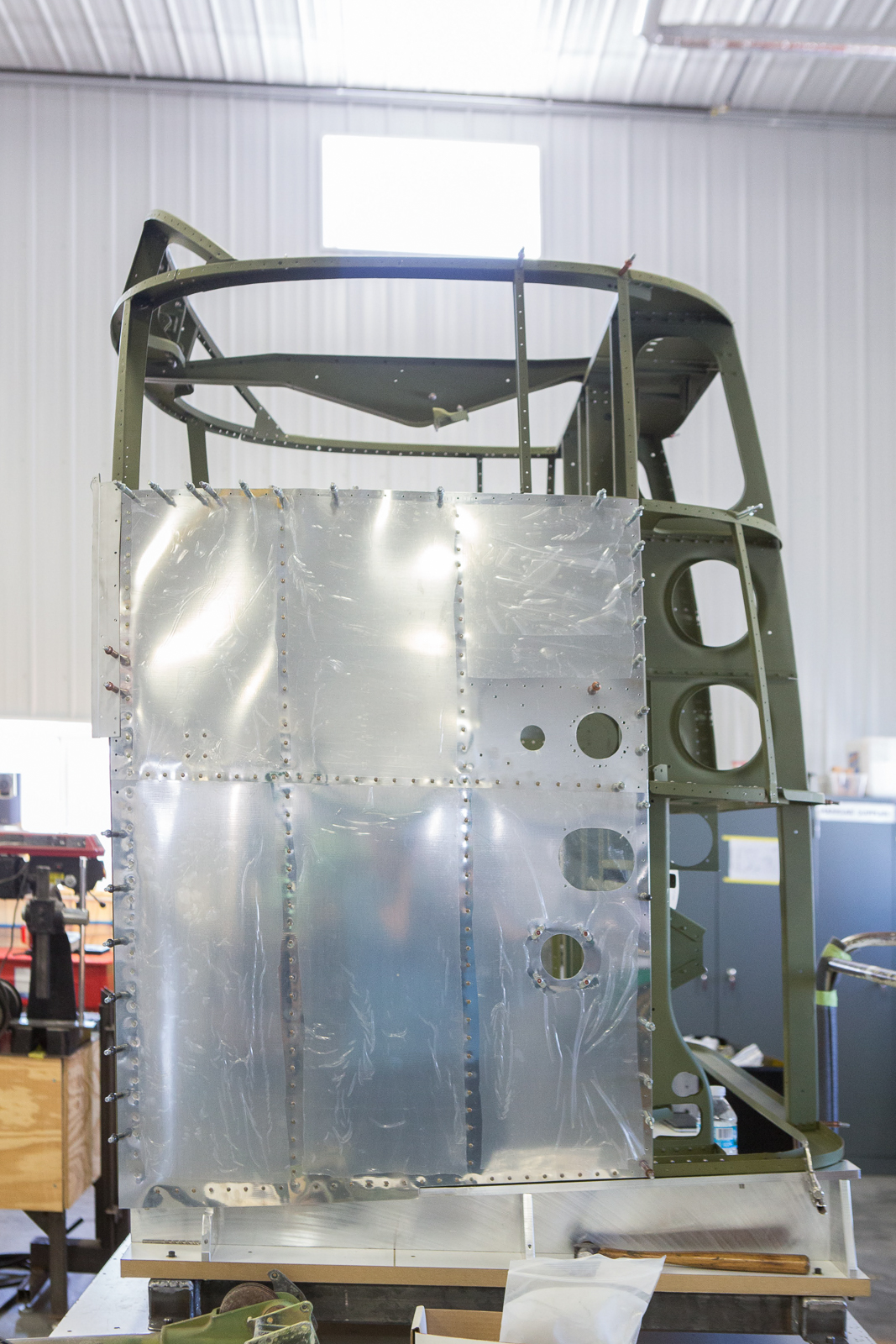
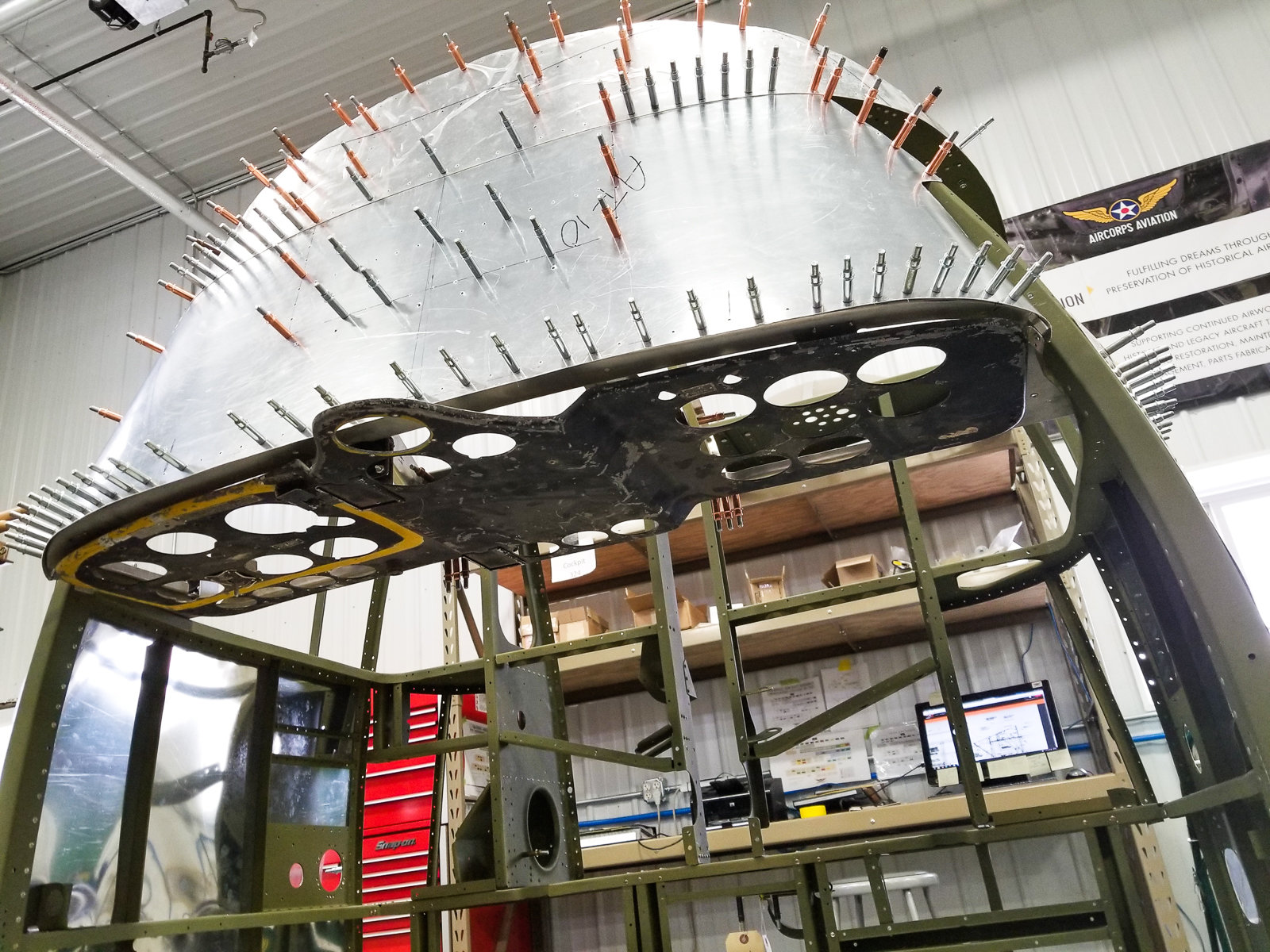
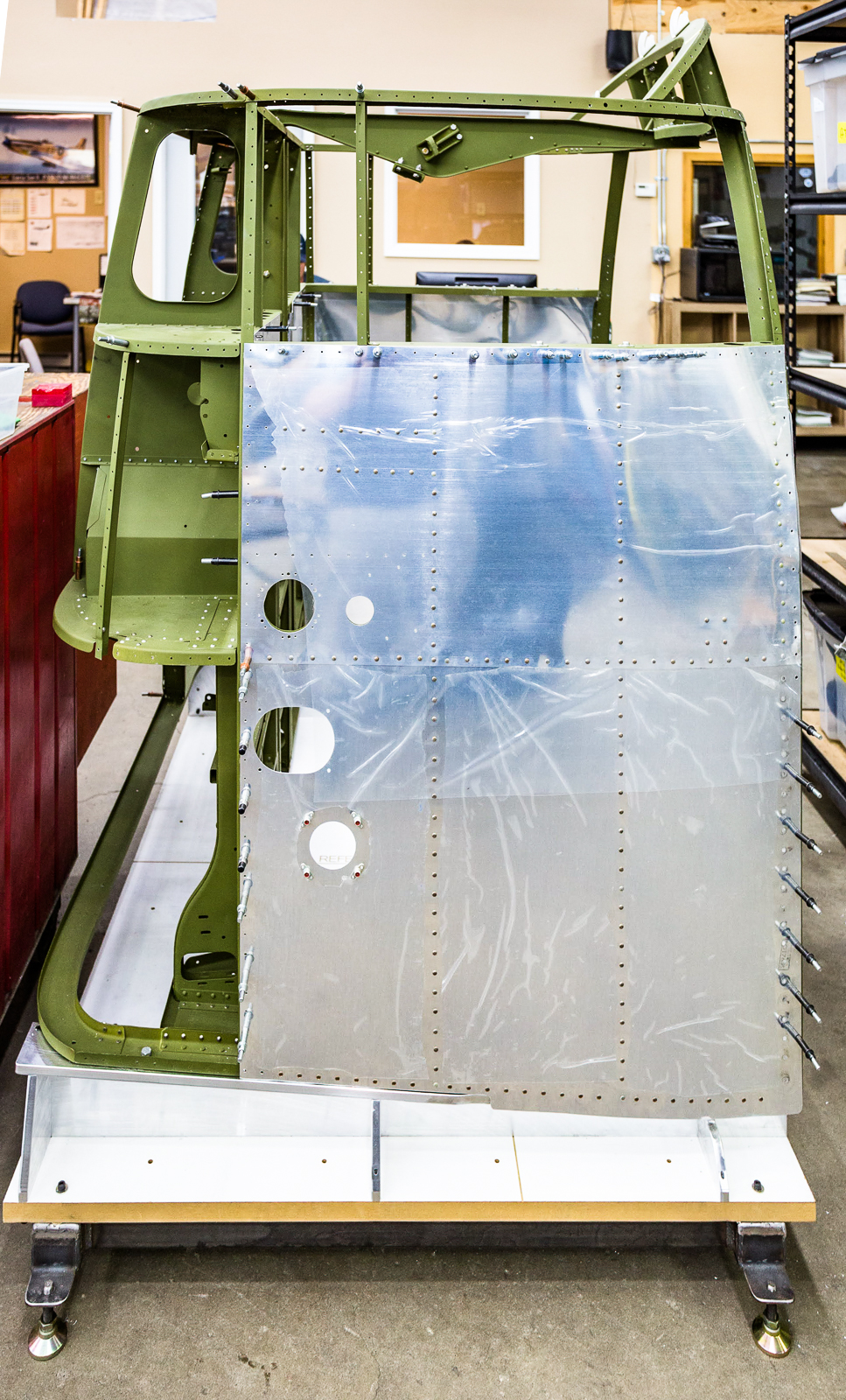
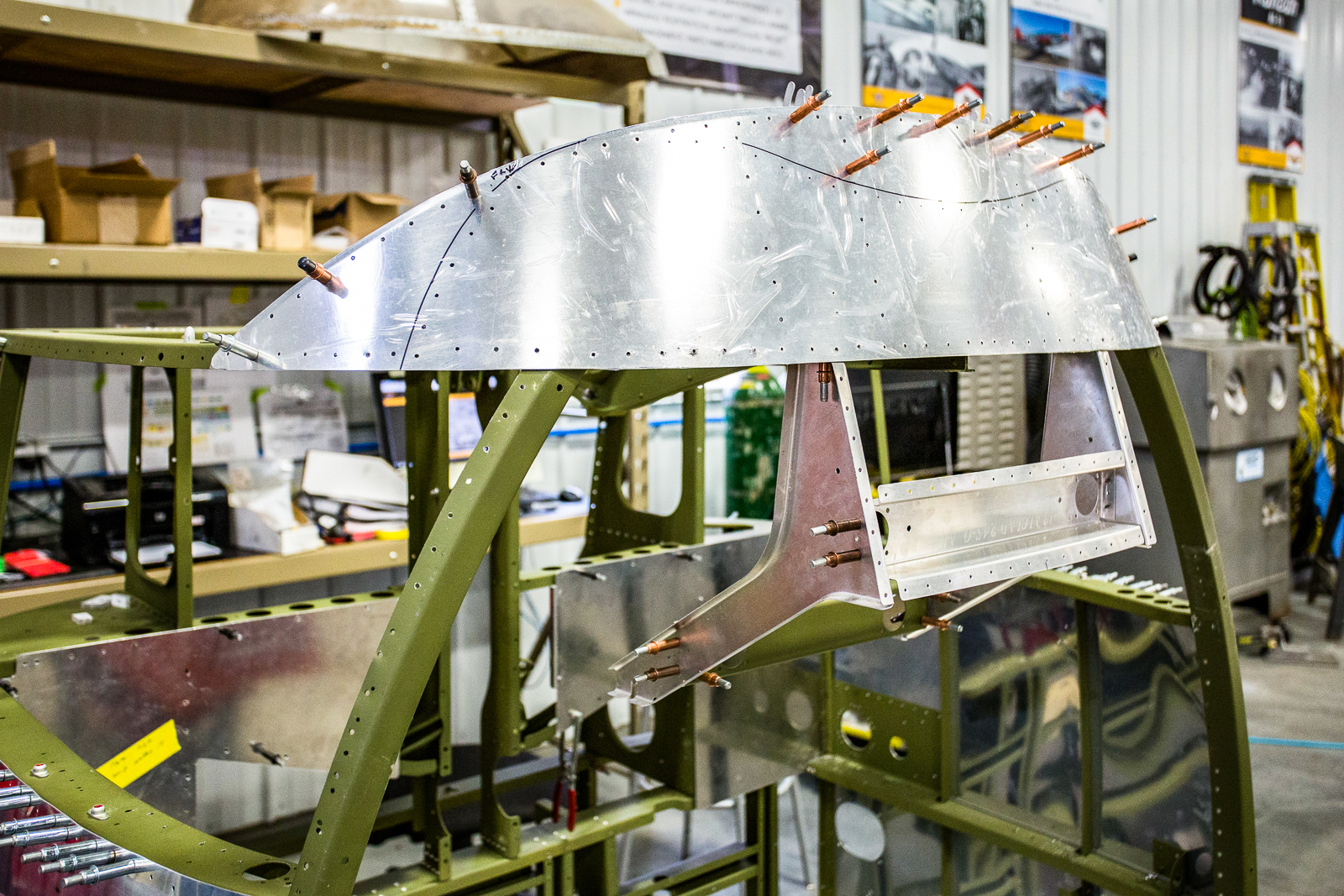
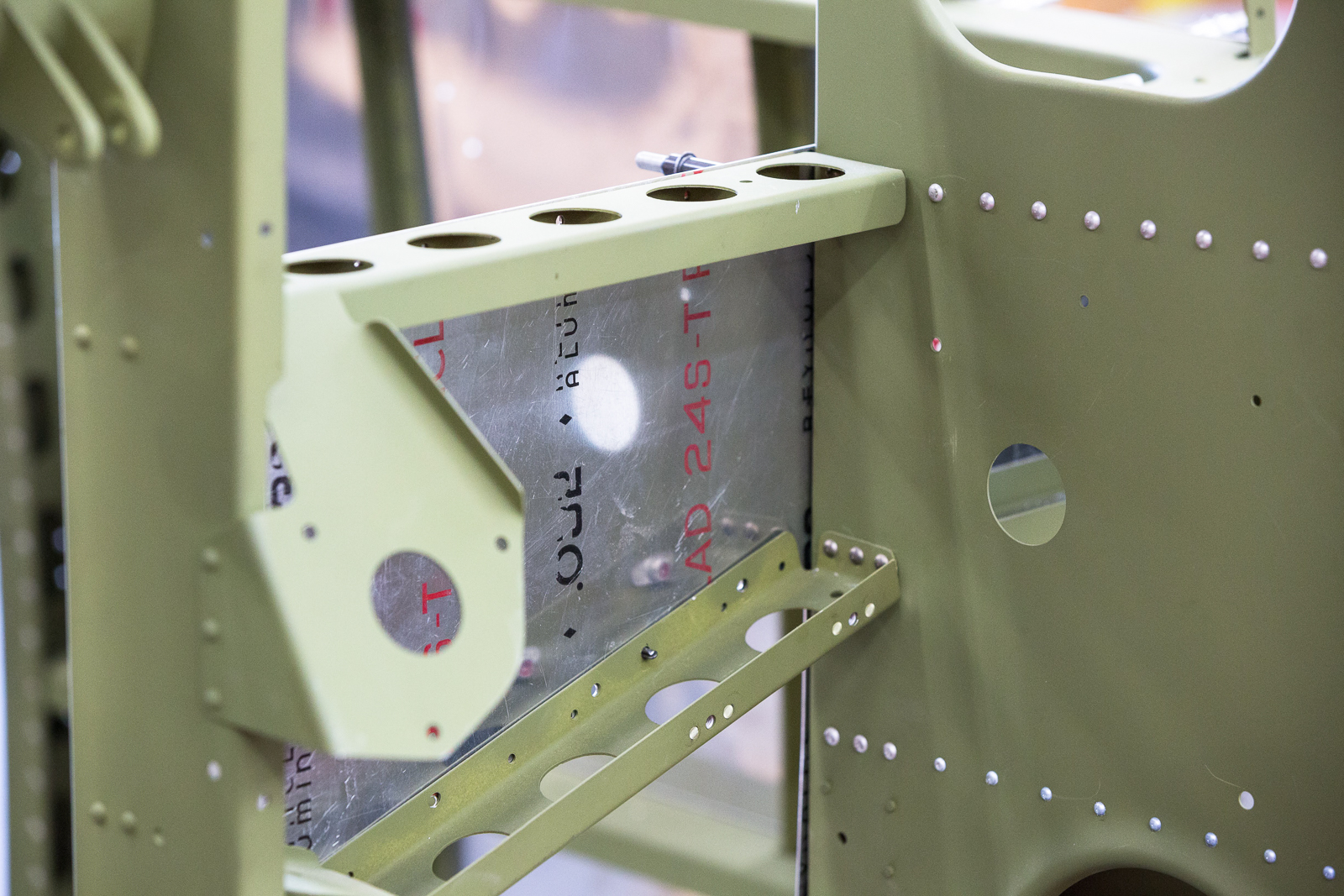
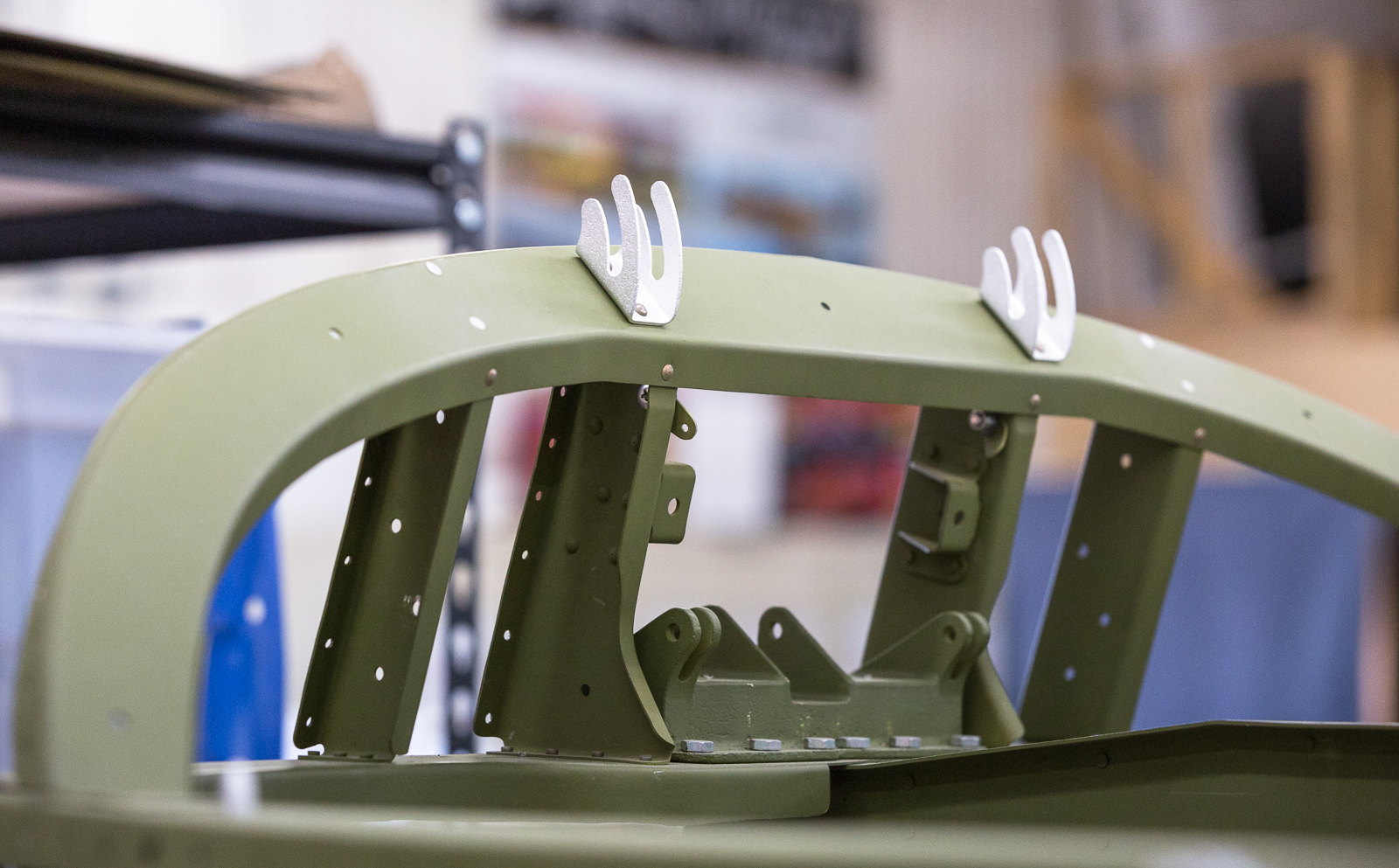
And that’s all for this edition of the AT-10 Restoration Report. Many thanks to Chuck Cravens and AirCorps Aviation for this article. Should anyone wish to contribute to the Cadet Air Corps Museum’s efforts, please contact board members Brooks Hurst at 816 244 6927, email at [email protected] or Todd Graves, [email protected]. Contributions are tax deductible.
Related Articles
Richard Mallory Allnutt's aviation passion ignited at the 1974 Farnborough Airshow. Raised in 1970s Britain, he was immersed in WWII aviation lore. Moving to Washington DC, he frequented the Smithsonian’s National Air & Space Museum, meeting aviation legends.
After grad school, Richard worked for Lockheed-Martin but stayed devoted to aviation, volunteering at museums and honing his photography skills. In 2013, he became the founding editor of Warbirds News, now Vintage Aviation News. With around 800 articles written, he focuses on supporting grassroots aviation groups.
Richard values the connections made in the aviation community and is proud to help grow Vintage Aviation News.


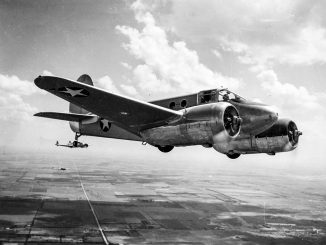
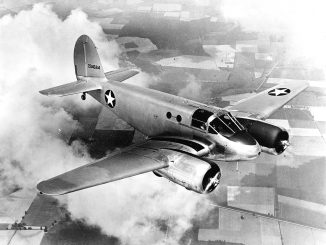
Be the first to comment
Graphic Design, Branding and Aviation Art